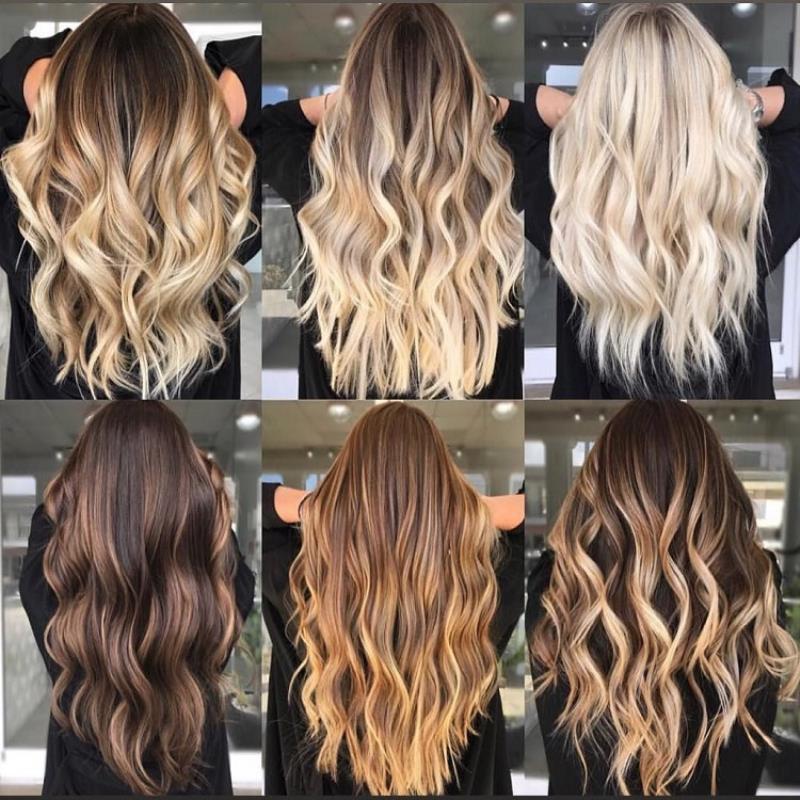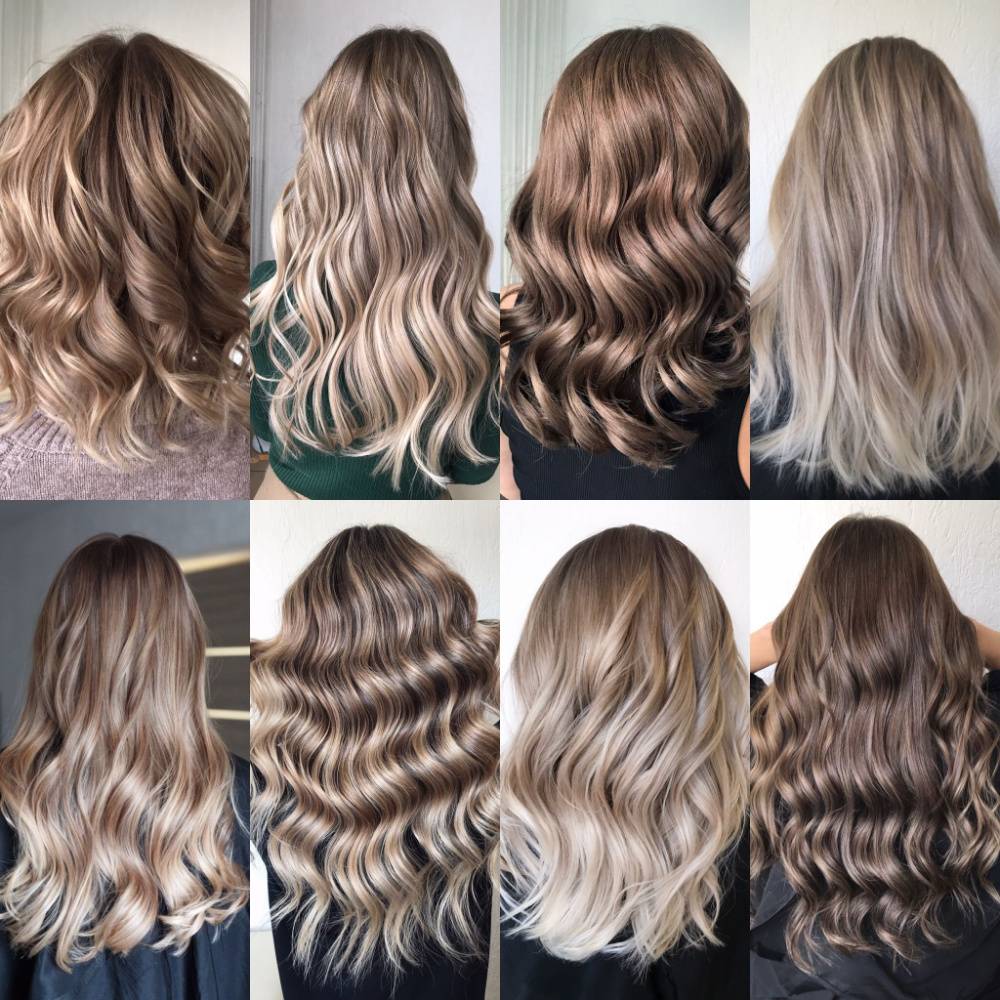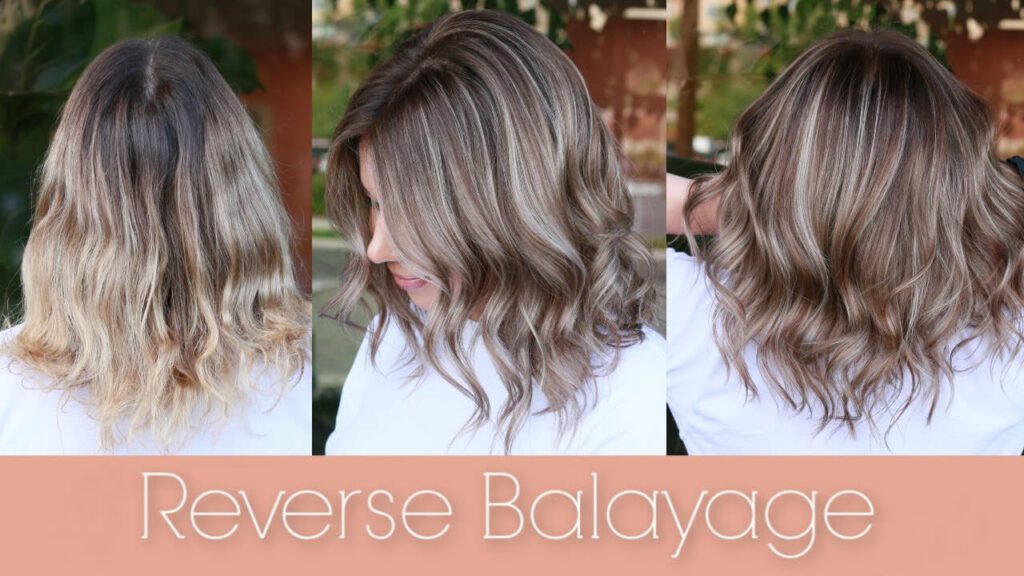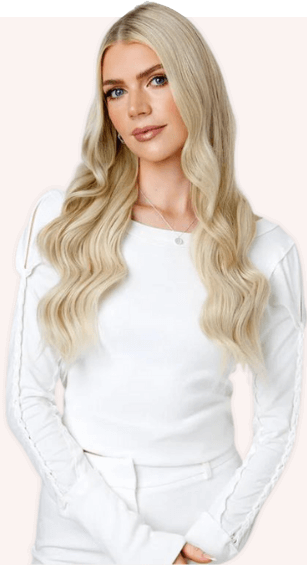Are you ready to elevate your hair game and embrace a trend that has taken the world of beauty by storm? Look no further than balayage hair, the hottest hair trend of the decade. This sophisticated and versatile hair coloring technique has captured the hearts of celebrities, fashionistas, and everyday individuals seeking a touch of effortless elegance. In this blog, we’ll delve into the world of balayage hair, why it’s become the go-to choice for those seeking a fresh and modern look, and the differences between balayage, highlight and ombre. From its humble beginnings in French salons to gracing the red carpets of Hollywood, we’ll uncover the evolution of this game-changing technique.
I. What is Balayage Hair?
Balayage hair is a popular hair coloring technique that originated in France and has become one of the most sought-after trends in the world of hairstyling. The word “balayage” itself comes from the French term “balayer,” which means “to sweep” or “to paint.” This technique involves hand-painting or sweeping hair color onto sections of hair to create natural-looking, sun-kissed highlights. Unlike traditional foil highlights, which tend to result in a more defined and uniform color, balayage creates a softer, more blended effect.

One of the most captivating features of balayage lies in its remarkable adjustment to match your unique hair color and texture. Balayage employs an array of both lighter and darker tones, skillfully applied to create multiple layers of color, resulting in hair that exudes a seamlessly blended, sun-kissed glow. Through the artful technique of freehand painting, you have the power to accentuate or soften specific facial features with precision, ensuring that your hair color is genuinely one-of-a-kind, and no one else shares the exact same exquisite hues.
II. Why Balayage is So Popular?
Balayage combines the best of both worlds: it provides a sophisticated, customized appearance while requiring minimal upkeep. Its adaptability, versatility, and ability to create stunning, natural-looking results have made it a beloved choice among those seeking a chic and effortlessly beautiful hair color.
1. Natural-Looking Highlights:

Balayage is known for its ability to mimic the way hair naturally lightens in the sun. The colorist applies the hair color in a way that is strategic and customized to the individual’s hair and skin tone, ensuring that the highlights blend seamlessly with the base color.
2. Gradual Color Transition & Low Maintenance

Balayage typically starts with a darker color at the roots and gradually transitions into lighter shades toward the ends. This gradual transition creates a soft and low-maintenance look, as there are no harsh lines or regrowth issues.
One of the main advantages of balayage is its low maintenance. Because the highlights are blended and not applied uniformly, there is less noticeable regrowth, allowing you to go longer between touch-up appointments.
3. Versatility & Customization

Balayage can be tailored to suit various hair colors and lengths. It is not limited to blonde locks; it can be applied to brunettes, brown balayage, caramel balayage, and even unconventional hair colors, making it a versatile choice for many people.
Balayage is a highly customizable technique. Your colorist can work with you to achieve the exact look you desire and enhance your facial features, whether it’s a subtle and natural appearance or a bolder, high-contrast style. It’s a highly personalized technique that offers endless possibilities.
4. Timeless Appeal
Balayage has a timeless quality that transcends trends. It suits a wide range of ages and styles, making it a timeless choice that continues to be in demand year after year. On Instagram, a search for the hashtag “balayage” yields almost 40 million results.
III. What is Reverse Balayage?
Balayage and reverse balayage are two distinct hair coloring techniques that offer contrasting effects and styles. Reverse balayage is a hair coloring technique that brings out natural-looking lowlights to the tresses. Essentially, the same techniques with balayage are used, however, instead of concentrating on sweeping or painting lighter colors on the top layers of the hair, the focus is on the deeper ones underneath.

Reverse balayage goes deep, meaning the low lights and undertones are darker and the highlights that are painted on top are a deeper shade than you’d choose with a regular balayage. The darker strands that are painted on sit just below the lighter sections helping to give off a smudged look, making the light and darker tones blend more seamlessly. You can refer to this post for the most creative ideas for reverse balayage.
IV. Balayage vs. Highlight vs. Ombre: What are The Differences?
While “balayage” has taken the hair world by storm, it’s not uncommon for people to confuse it with other hair techniques that share certain characteristics, like Highlight Color Hair or Ombre Hair. These terms – balayage, ombre, and highlights – all have distinct meanings and processes, but they share a common goal: lightening the hair. Let us unravel the differences for you:
1. Balayage vs Highlight
Balayage and highlights are both hair coloring techniques, but they differ in their application and the overall effect they create. Balayage offers a softer, more natural appearance with less upkeep, while traditional highlights provide a more defined and uniform color effect.

- Application: Balayage involves a freehand, sweeping technique where hair color is hand-painted onto select sections of hair. It does not typically use foils or caps. While traditional highlights involve the use of foils or caps to isolate and color specific strands or sections of hair.
- Effect: Balayage creates a natural, sun-kissed look with softer, more blended highlights. The highlights start closer to the root and become lighter towards the ends, providing a seamless transition from the base color. Meanwhile, highlights create more defined, uniform streaks of color. They can be applied all over the head or in specific patterns, depending on the desired look.
- Maintenance: Balayage is known for its low maintenance. Highlights may require more frequent touch-ups because the regrowth is more noticeable, especially if the color contrast between the highlights and base color is significant.
2. Balayage vs. Ombre
Balayage and ombre are both popular hair coloring techniques, but they produce different visual effects and have distinct application methods. Balayage offers a softer and more blended effect, while ombre creates a more pronounced contrast between the root color and the tips.

- Application: Ombre is characterized by a more abrupt transition between two distinct colors, usually with a darker color at the roots that gradually lightens toward the ends. This technique can be achieved using various methods, including balayage or traditional foiling.
- Effect: Ombre creates a striking and noticeable contrast between the root color and the ends. The transition is typically more defined and less subtle compared to balayage.
- Maintenance: Ombre may require more frequent touch-ups to maintain the distinct color contrast and avoid a harsh line of demarcation at the roots.
V. Conclusion
Whether you’re looking to add dimension and depth to your hair or simply want a fresh and natural look, balayage is a versatile coloring technique that can help you achieve your desired style while maintaining a low-maintenance routine. It’s no wonder that balayage hair has become a favorite among celebrities and individuals seeking a chic and effortlessly beautiful hair color.


 BEST SELLING PRODUCTS
BEST SELLING PRODUCTS Wig Hair
Wig Hair WHOLESALE
WHOLESALE Contact us
Contact us Sale Events
Sale Events
